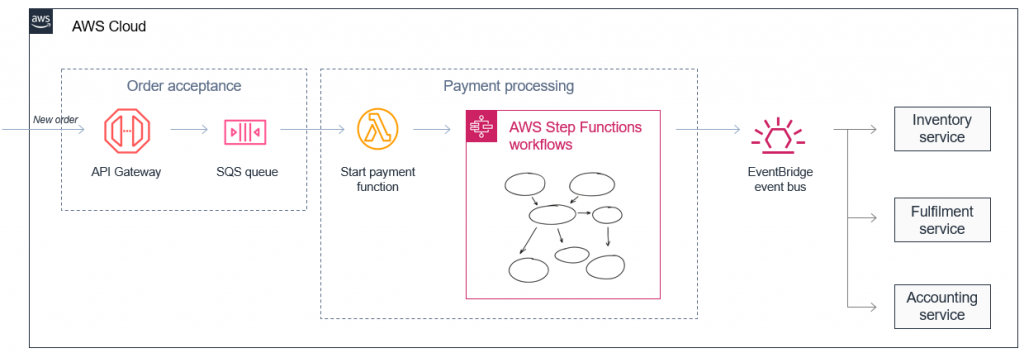With services like AWS Lambda, AWS EventBridge, and AWS Step Functions, Amazon Web Services (AWS) provides a solid framework for developing event-driven architecture. Yet, there are still certain difficulties that developers may encounter while implementing EDA on Amazon. In this blog article, we'll go through some of these obstacles and how to overcome them.
 Complexity
ComplexityEvent-driven architecture can be difficult to design and deploy, particularly when many distinct types of events and various services are involved. Developers must have a thorough grasp of the relationships between various system components and how they might be organized to deliver the desired results.
To solve this difficulty, it is critical to have a comprehensive grasp of the application's business needs and goals. This will assist developers in identifying the various sorts of events and their accompanying actions, as well as the order in which they must occur.
Amazon offers a variety of tools and services that can help to ease EDA implementation, such as AWS Step Functions, which lets developers to quickly orchestrate complicated workflows across different services.
Scalability
Scalability is another issue that developers may encounter while building event-driven architecture on Amazon. As the number of events and event sources grows, the system must be able to handle the increased load without compromising performance or dependability.
AWS offers numerous services that can assist developers in addressing scalability issues, such as Amazon Simple Queue Service (SQS), a highly scalable message queuing tool for decoupling and scaling microservices.
It is critical to build the system from the beginning to be scalable, employing distributed architectures and services that can manage growing traffic and demand as the system expands.
Security
Because events might originate from numerous sources and must be handled by multiple services, event-driven architecture can provide security concerns. This raises the possibility of data breaches or unauthorized access.
AWS offers a number of services and features that can assist developers in addressing security issues, such as AWS Identity and Access Management (IAM), which provides granular access controls for AWS resources, and AWS Key Management Service (KMS), which allows developers to create and manage encryption keys for their data.
Developers must guarantee that security is incorporated into the system from the start by following best practices for security and ensuring that all data is encrypted in transit and at rest.
Finally, event-driven architecture is a strong and adaptable architectural pattern that may assist developers in developing highly reactive and scalable systems. Nevertheless, issues like as complexity, scalability, monitoring and debugging, and security must be addressed. Developers may overcome these issues and construct strong and secure event-driven apps on Amazon by utilizing the correct tools and following best practices.



